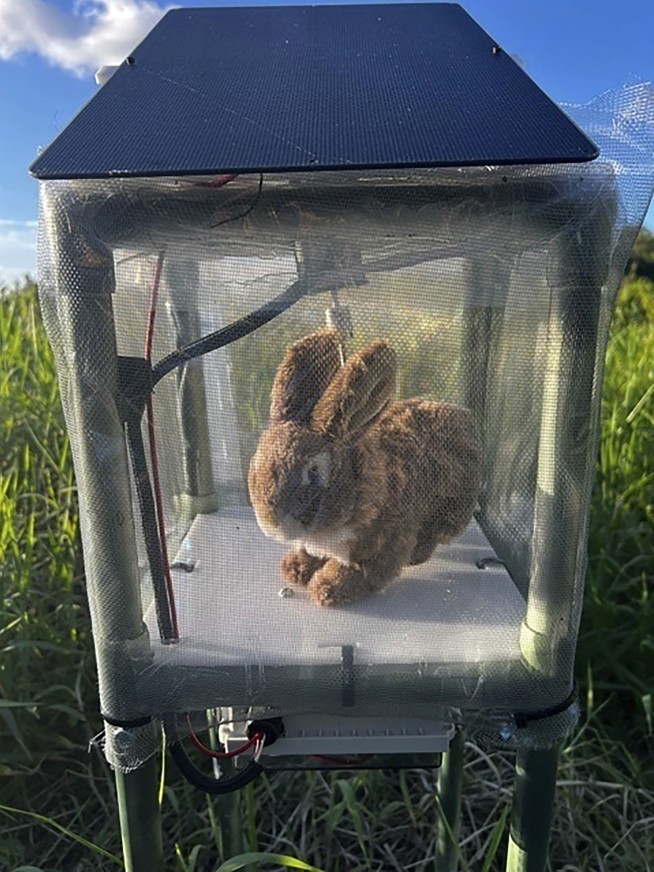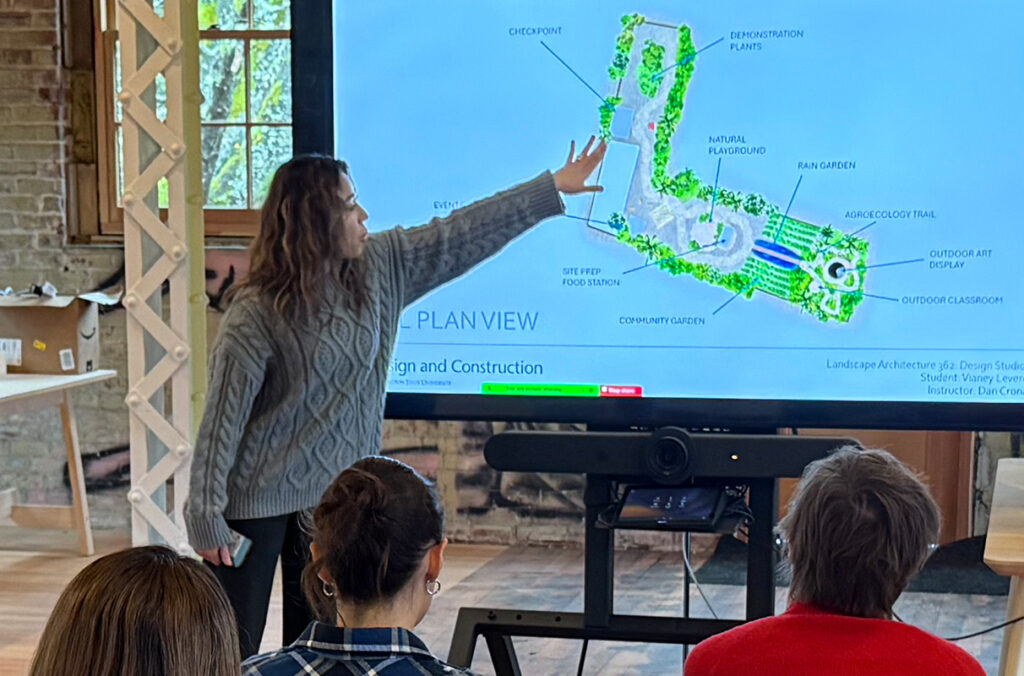Florida’s fight against invasive Burmese pythons just took a high-tech turn. Robotic rabbits, costing $500,000 in total, now roam the Everglades, mimicking real prey to draw the snakes out of hiding.
This $500K Robot Army Only Needs to Look, Smell Good

Key Takeaways:
- Robotic bunnies look, move, and smell just like real marsh rabbits
- Burmese pythons are an invasive species threatening the Everglades
- The South Florida Water Management District is behind the project
- The initiative comes at a $500,000 price tag
- Protecting the Everglades ecosystem is the ultimate goal
Introduction
In Florida’s Everglades, the Burmese python has emerged as a formidable invasive species. Known for their rapid reproduction and voracious appetite, these giant constrictors pose a major threat to native wildlife and the region’s ecological balance.
The Robot Army
Enter the South Florida Water Management District’s latest effort: robotic rabbits designed to look, move, and even smell like the real thing. According to the project’s brief overview, these high-tech decoys are crafted to entice Burmese pythons out of hiding. “They look, move and even smell like the kind of furry Everglades marsh rabbit a Burmese python would love to eat,” the news feed reports.
Why These Bunnies Matter
Burmese pythons are known for quickly adapting to their surroundings, making them challenging to locate and capture. By using decoys that replicate the marsh rabbits’ most notable traits, officials hope to gain an edge in tracking and removing the snakes. “But these bunnies are robots meant to lure the giant invasive snakes out of their hiding spots,” the original article notes.
Funding and Commitment
The project is said to carry a $500,000 price tag—a sizable investment in ecological preservation. It reflects the South Florida Water Management District’s commitment to protecting the Everglades from one of its most persistent and dangerous invasive threats.
Looking Ahead
While details on the program’s daily operations are limited, the promise of these lifelike robotic rabbits has generated hope among conservationists. If successful, this venture could pave the way for more innovative methods of safeguarding sensitive ecosystems from invasive species.
In the end, these mechanical marsh bunnies are more than just an intriguing novelty. They symbolize a creative and determined push to restore, preserve, and defend the unique biodiversity of Florida’s Everglades from the stealth and strength of the Burmese python.











